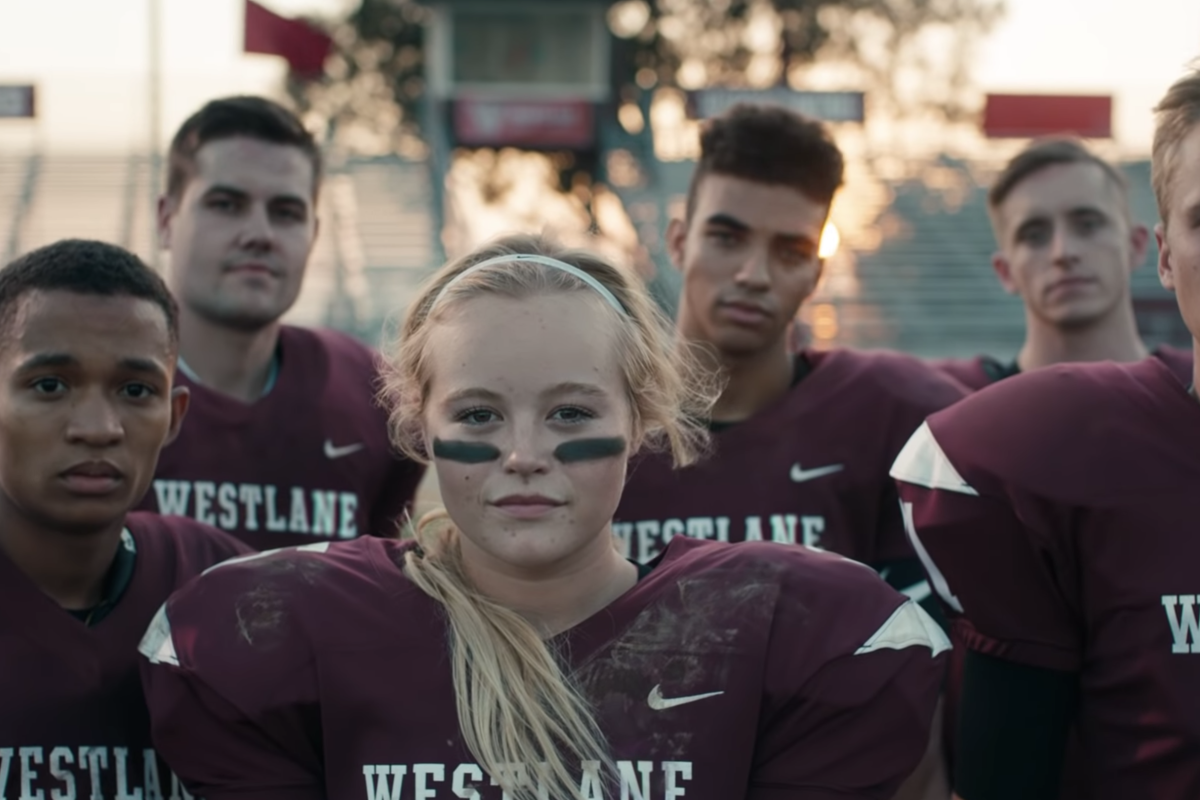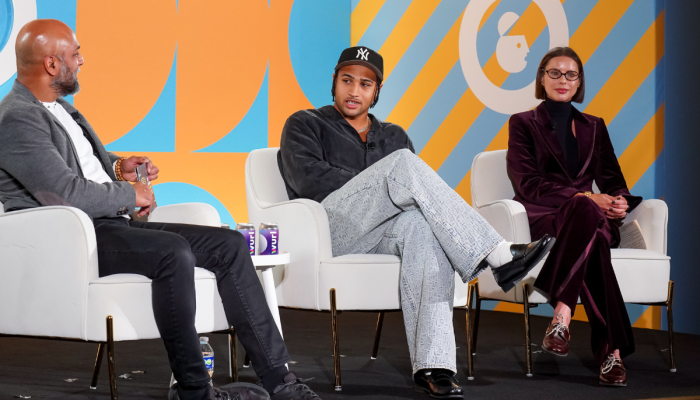Modern heroes, big brands, new rules.
Something is stirring in the world of sports and sports coverage, a space usually dominated by male athletes, male commentators and male-oriented brands and beer sponsors: women’s professional sports are taking center stage. Female athletes are becoming global influencers, women’s sporting competitions are commanding bigger audiences, and with that, bigger sponsorship deals, and female-focused sports coverage is on the rise.

The trend is prompting a shift in the entire language and visual representation surrounding women and strength, physicality, sweat, passion and success, giving way to a new wave of sporting heroes and brand tie-ups. And as coverage of women’s sports gains a higher profile, it’s bringing to the fore outdated (and some would say sexist) biases in everything from dress codes to regulations to dialogue in the world of sports.
It started perhaps when, during the 2018 World Cup, British Media repeatedly referred to 1966 as the last time England had reached the final of the soccer tournament – when in fact England’s Women’s team had reached the finals in 1984 and 2009. Perhaps this will cease to be an issue as publications like the Telegraph launch Telegraph Women’s Sport, a new major media platform marking “unprecedented investment in and coverage of women’s sport” for the British publisher. Judy Murray, triple European sprint champion Dina Asher-Smith and England football vice-captain Jordan Nobbs were signed as contributors. It also announced a new Women’s Sport Editor, Anna Kessel, co-founder of Women in Football, and appointed a team of women’s sports reporters. And BBC, as part of their pledge to “Change the Game” of women’s sports, will air every single game of the UK Lioness’ games this summer in the FIFA Women’s World Cup 2019.
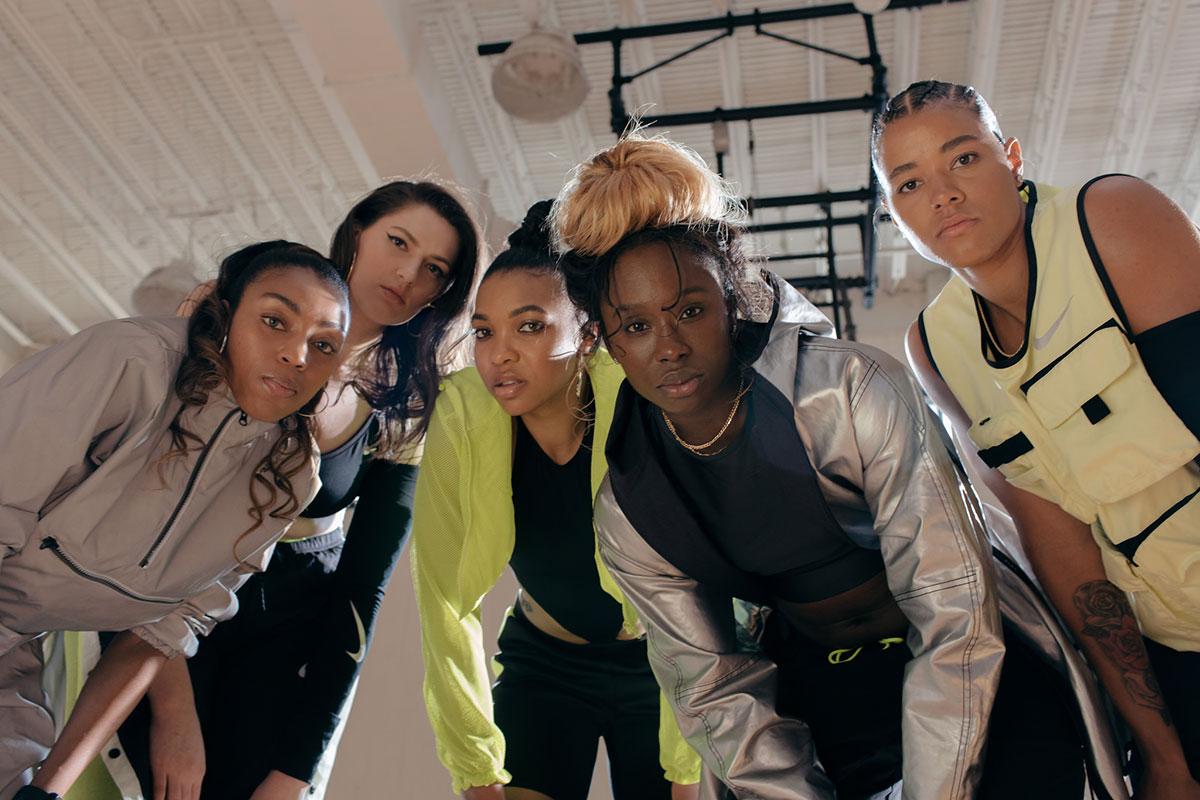
A similar shift is happening in the US, where media companies are responding to rising interest in women’s sports. Following a reported spike in ratings last season and a new deal with CBS Sports, the WNBA has emerged as the “hot newsroom beat.” The Athletic, a publication which received backlash from Minnesota Lynx head coach Cheryl Reeve for their lack of women’s sports coverage, just launched a WNBA vertical. Meanwhile, existing women’s basketball publications are sending reporters to cover individual WNBA teams “with the hope they will build sizeable social media followings.”
Brands backing women in sport
Brands are quick to take up the mantel of women in sports. Adidas has launched an initiative to “break down barriers faced by women and girls in sport,” kicking off with a film and a documentary ‘She Breaks Barriers’ narrated by Pharrell Williams. It has also teamed with Twitter and Intersport to live-stream high school girls sports. Boots, the UK-based health and beauty retailer, recently signed a three-year deal to sponsor the women’s national soccer teams in England, Scotland, Wales, Northern Ireland and Ireland, starting with the upcoming 2019 Women’s World Cup in France and the 2021 Women’s European Championships in England. Ahead of the World Cup in France this summer, Barclays just paid £10m to sponsor the Women’s Super League in the UK, while Visa recently signed a seven-year deal with UEFA (the Union of European Football Associations) women’s football and Gatorade extended its global sponsorship of Manchester City to cover the women’s team.
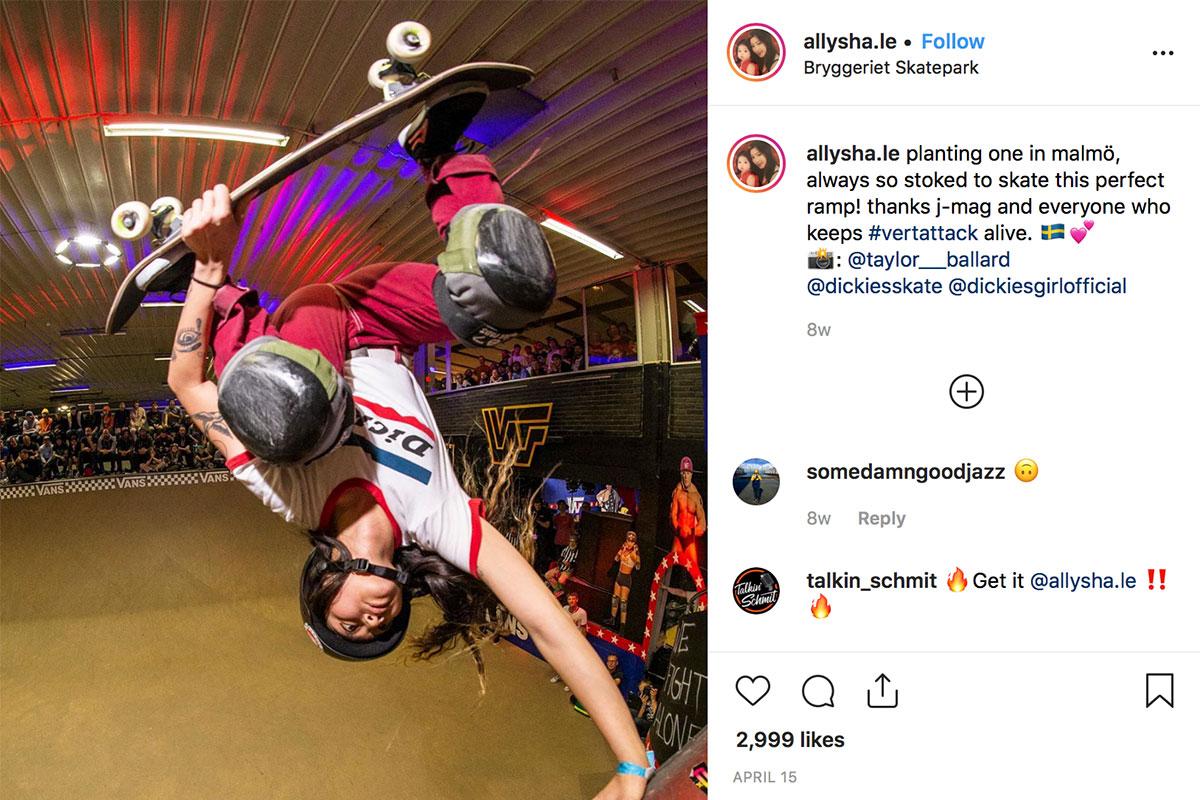
In May 2019, I-D Magazine ran a feature on the growing wave of female athlete influencers, explaining that “as interest in women’s sports continues to rise, these emerging athletes are taking to social media to develop their brand and inspire others to get involved in sports.” Among the women featured were Ramla Ali, a Somalia-born boxer based in London (who, in 2016, became the first Muslim woman to win a boxing title for England and is the current African Zone Featherweight Champion), Allysha Le, a professional skater, and international netball player Sasha Corbin. And a host of female athletes “changing the face of sport” will grace the cover of Elle UK’s July 2019 issue.
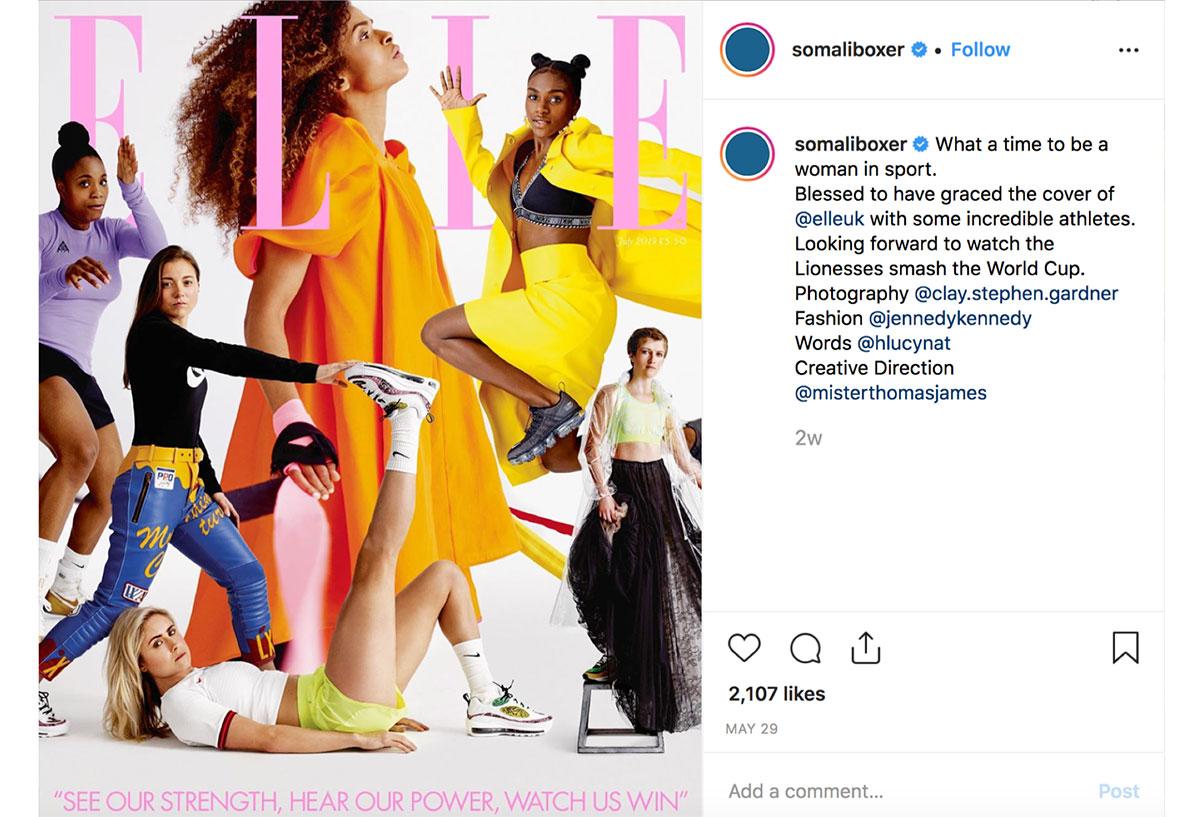
Sexism comes to the fore
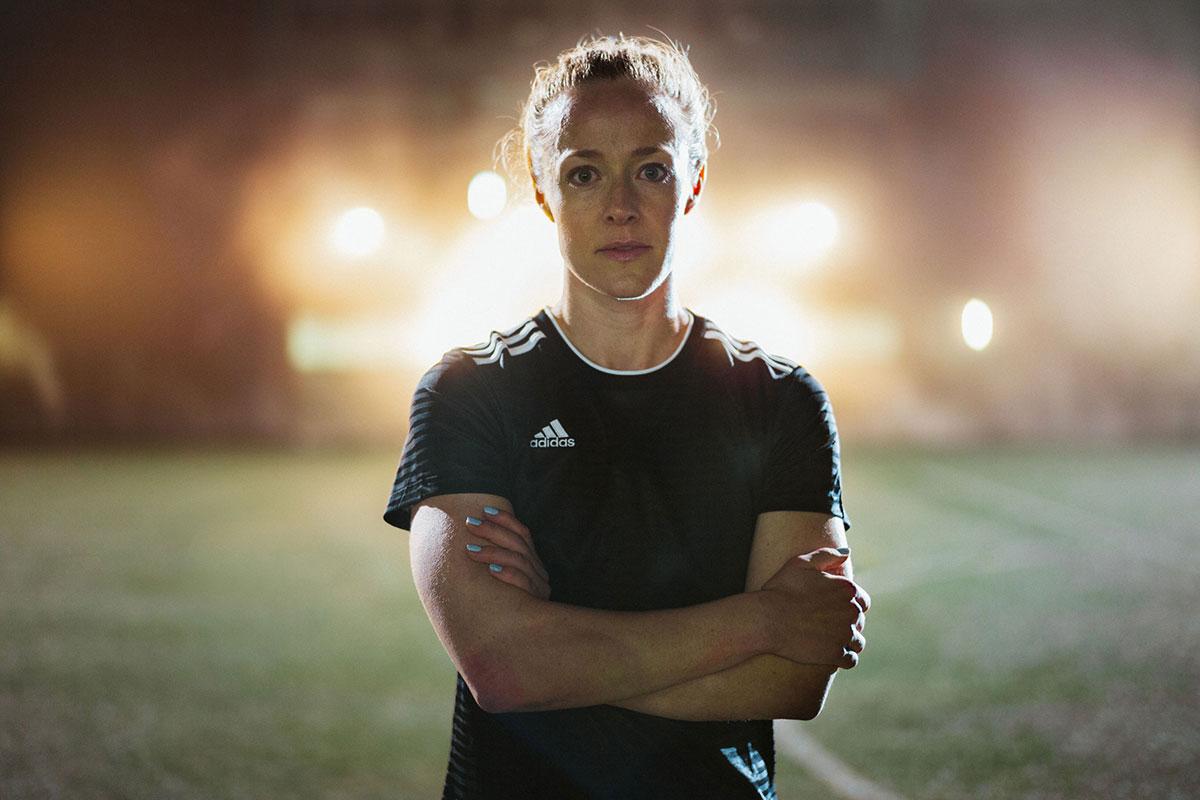
As women’s sports moves into the limelight, more high-profile instances of gender bias in pay and treatment are coming into the public eye. In March 2019, the women’s national U.S. soccer team – the best in the world – sued the United States Soccer Federation for “purposeful gender discrimination” in pay. “The bottom line is simple,” team member Becky Sauerbrunn said in a statement. “It is wrong for us to be paid and valued less for our work because of our gender.”
Likewise, at the 2019 Oscars, Nike launched a campaign championing female passion and agency in sports, while also calling out sexism in sports coverage. The ad was, in part, an implicit retort to William’s treatment during the 2018 US Open, in which the tennis player claimed she was unfairly punished for outspokenly questioning an umpire’s decision (male tennis players, it was widely asserted in Twitter commentary, are rarely punished so severely for the same thing.)
“If we show emotion, we’re called dramatic,” Williams voices in the ad. “If we want to play against men, we’re nuts. And if we dream of equal opportunity? Delusional. When we stand for something we’re unhinged. When we’re too good there’s something wrong with us. And if we get angry, we’re hysterical. Irrational. Or just being crazy.” (“Too good” references South African track star and Olympic gold medalist Caster Semenya, who is still being denied her right to compete due to what’s been ruled as naturally-occurring high testosterone.) Williams goes on to list female record-breaking firsts, concluding: “So if they want to call you crazy, fine. Show them what crazy can do.”
A noble statement, but Nike has received criticism for not following through when it comes to female athletes and maternity leave. Olympic runner Alysia Montano penned a May 2019 New York Times op-ed entitled, “Nike Told Me to Dream Crazy, Until I Wanted a Baby.” Montano wrote that when she told Nike, her sponsor, she wanted to have a baby, the company responded that they would pause her contract and stop paying her. Other female athletes signed with the brand voiced similar experiences, claiming sponsorship was not guaranteed during pregnancy or after childbirth.
Questioning norms
In fact, in the era of Fourth Wave Feminism occupying center stage in the mass popular zeitgeist, more aspects of the sporting world and tournaments – from gender pay to the practice of having separate categories for men and women – are being called in to question.
In January 2019, the Financial Times ran the feature “Why Women are Outperforming Men at the Extremes of Endurance.” “Spine Race-winner Jasmin Paris isn’t alone,” author Simon Usborne wrote. “Mounting evidence suggests the tougher the event, the likelier a woman is to win.” The article cited that ultra-marathons are now frequently being won by women. “In swimming, the four longest distances achieved in open water, without the assistance of currents, have been completed by women (Sarah Thomas’s record-breaking 104.6 miles, swum in 2017, is almost 39 miles more than the men’s record, according to the Marathon Swimmers Federation). And in 2016, American cyclist Lael Wilcox shocked the field to win the 4,400-mile Trans Am Bike Race across the US,” wrote Usborne.
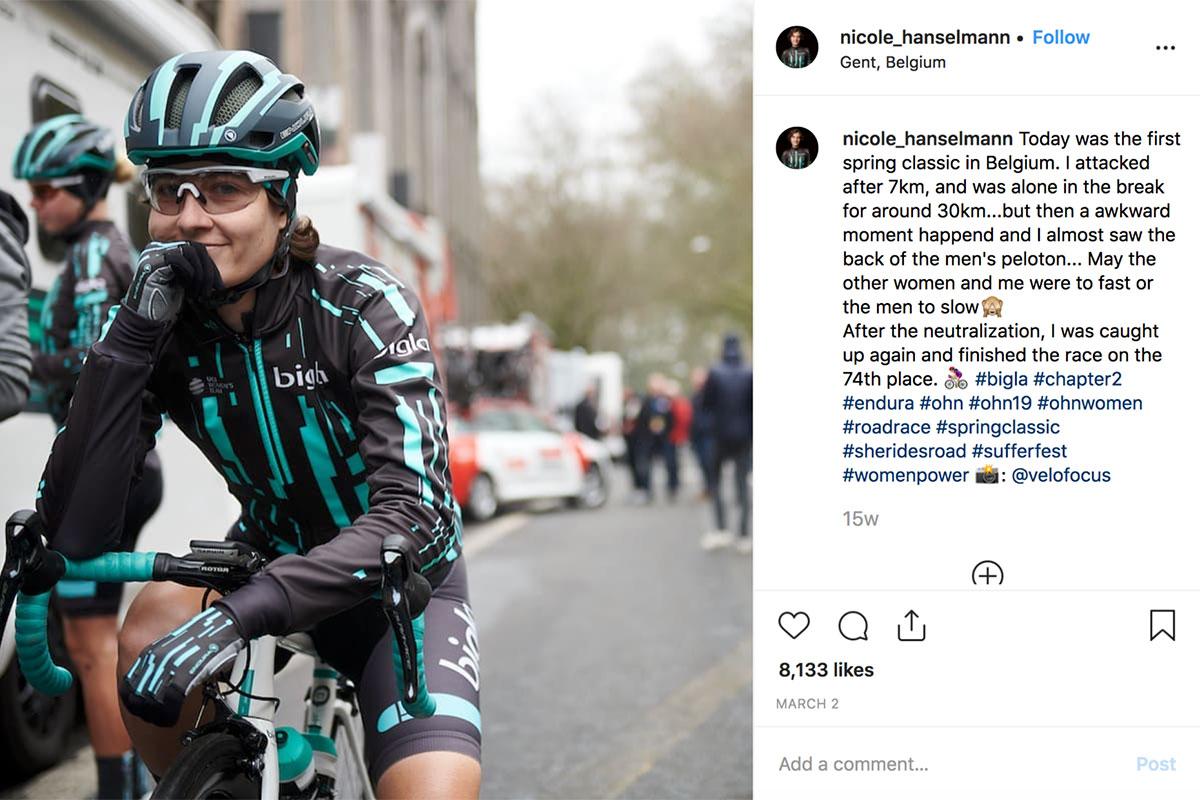
In fact, as instances like this become more common, many are asking if the tradition of separate men’s and women’s categories in many official tournaments and races having is still relevant. In March 2019, a cycling race in Belgian hit the headlines after Swiss cyclist Nicole Hanselmann was forced to pause cycling after she’d caught up with the men’s race, which set off 10 minutes ahead of the women’s race (there were fears for her safety in potential collisions with the men’s race support vehicles and ambulances).
What this means

Women athletes are taking center stage commercially and culturally, gaining mass audiences and commanding lucrative brand deals. They are becoming a key channel for brands to reach younger female audiences, while championing messages of purpose, female empowerment, and wellbeing – all major consumer trends.
The trend is also creating a new paradigm for female strength. Physicality, passion, agency, sweat and grit are the new hallmarks of femininity. But credibility in this space means 360 behavior, nuance, and transparency. As with every brand or company seeking to champion its female-friendly practices, brands seeking to tap in to the women’s sports revolution need to think carefully about their practices on every level.
This article first appeared on the JWT Intelligence website here
